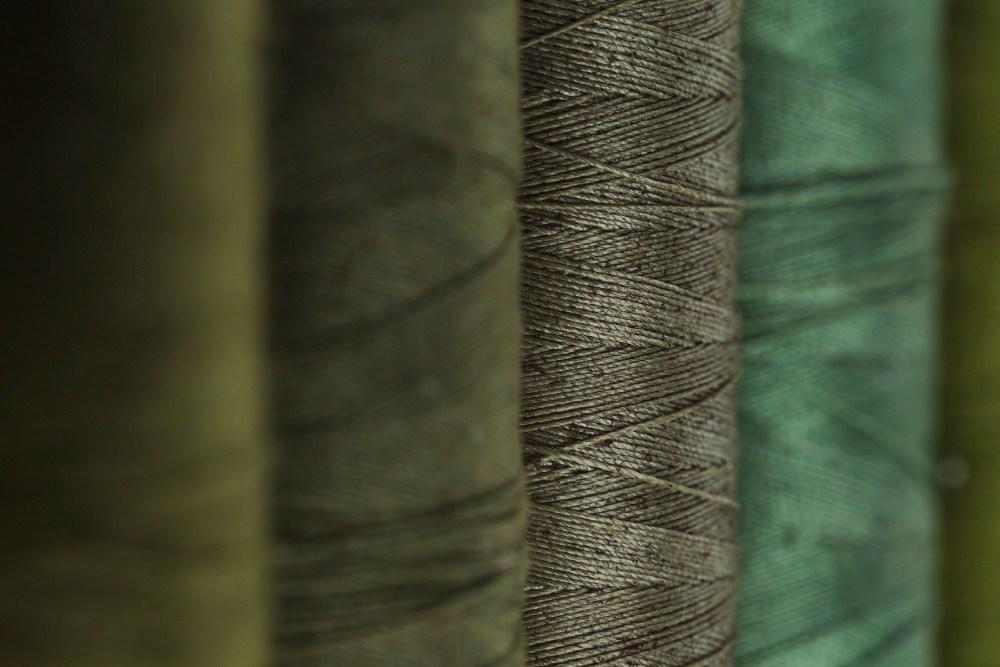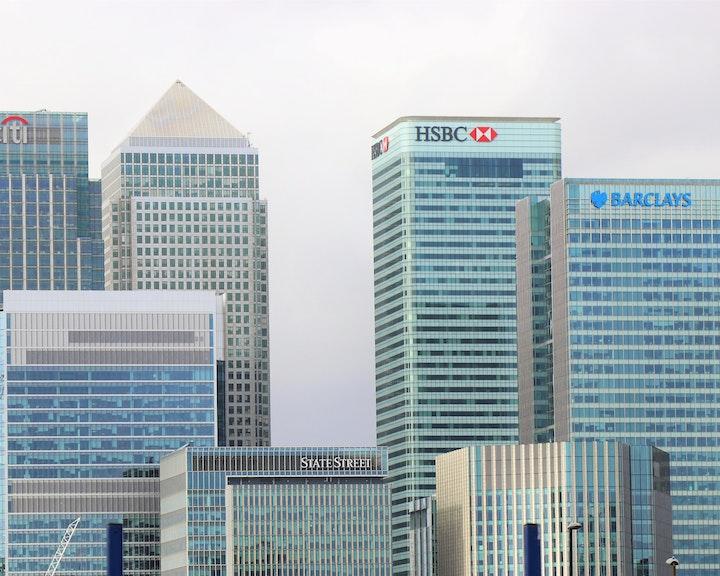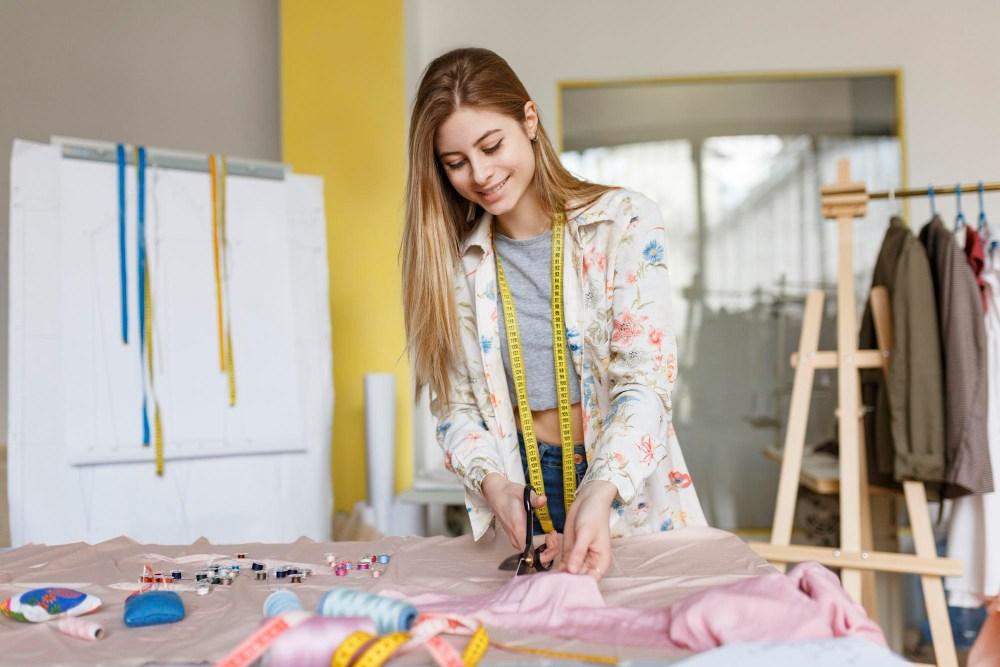When it comes to sustainable fashion, fabrics play a big role. The right fabrics can reduce environmental impact through organic and chemical-free growing, regenerative textiles, recycled materials, and circular manufacturing processes with sustainable prospects for the end of life.
Cotton is one of the most common natural fibers but is incredibly water-intensive and requires pesticides, which can harm the environment and farmers. Try organic cotton or GOTS-certified cotton instead.
Table of Contents
Organic Cotton
When it comes to a sustainable wardrobe, starting with the right fabrics is key. The best sustainable fabric alternatives are natural fibers that biodegrade, including organic cotton, linen, hemp, modal and recycled polyester. Avoiding virgin synthetics, such as polyester (55 percent of clothes globally), is another important step toward an eco-friendly closet.
Organic cotton means the plant has been grown without pesticides, herbicides, or defoliants. It also uses far less water than conventional cotton and doesn’t harm nearby water sources.
Hemp is another great option for an eco-friendly wardrobe used since ancient times. It’s a natural biodegradable fiber that requires little water, no pesticides, and improves soil health.
Linen is another great sustainable option and a favorite of many fashion brands. It requires fewer chemicals than cotton and is a highly breathable fabric that wicks away moisture. It also biodegrades naturally and is a sustainable alternative to wool.
Bamboo
Bamboo is a beautiful, sustainable fabric alternative that is soft, breathable, and durable. The bamboo plant has a natural anti-fungal and bacterial bio-agent called ‘bamboo kun’ that makes it naturally resistant to pests. Bamboo plants can be grown without pesticides or fertilizers and rely on nature to keep them healthy, so they’re far more eco-friendly than cotton.
To make bamboo textiles, the plant is crushed into a pulp and then submerged in a chemical solution (usually made with carbon disulfide and sodium hydroxide) to dissolve the cellulose. This cellulose is spun into yarn and woven into fabrics like bamboo rayon or modal/bamboo lyocell.
Regarding bamboo clothing, it’s important to ensure you support transparent brands about their production methods and are OEKO-TEX/Ecocert certified. Look for brands that use a closed-loop system to collect and dispose of any chemicals that aren’t needed for their process.
Other sustainable alternatives include linen and jute. Linen is a lighter option commonly used for summer apparel, and it’s harvested sustainably without the need for pesticides or irrigation. Jute is a strong, breathable fabric usually woven with other fibers to create softer options.
Hemp
Hemp is a super sustainable fabric that grows quickly, doesn’t require pesticides or fertilizers, and can be grown in many climates. It’s soft, breathable, and naturally resistant to mold and mildew. It can also be blended with other fabrics to create unique textures and colors. It’s even being used to replace animal leather in shoes and accessories.
Organic linen is a versatile crop requiring minimal water and fertilizer. It’s strong, naturally moth-resistant, and biodegradable. You can look for GOTS, OCS, Fair Trade, or Bluesign certifications on clothing made from this natural and renewable fiber.
Modal fabric is a semi-synthetic material that has gained popularity recently for its ultra-soft texture and low environmental impact. Look for brands that source their modal from sustainably-managed forests and use a closed-loop production process to make this eco-friendly fabric. Another sustainable textile is Pinatex, an innovative fabric that uses leftover pineapple leaves that would otherwise be burned or thrown away. Unlike traditional rayon, which uses chemicals harmful to the environment and manufacturing workers, Pinatex is derived from naturally-occurring pineapple waste.
Tencel
Tencel, also known as lyocell, is a lightweight, sustainable fabric that is breathable and moisture-wicking. It’s often found in drapey dresses made by more conscious brands and has an elegant feel with a silky texture. It is sourced from wood pulp, typically from eucalyptus trees (which require less water than traditional cotton crops), and it uses a closed-loop production process that recycles 99.5% of the water and dissolving chemicals used to produce it.
It’s also said to use ten times less water and no pesticides than cotton, which makes it an environmentally friendly alternative for casual wear. Tencel is a type of rayon similar to viscose and modal, but it uses more environmentally friendly ingredients.
However, since it is a synthetic textile, it’s important to shop ethically made brands that are transparent about their manufacturing processes. Look for the Made-By label to ensure that garment workers are treated fairly and paid a fair wage.
Recycled Polyester
It is quick-drying, crease-resistant, and easy to dye. It also produces less energy, water, and fossil fuels. It’s a great alternative to virgin polyester because it keeps plastic waste out of landfills and oceans and avoids unnecessary waste from the textile industry by upcycling products that would otherwise end their life in such places. As few as five plastic water bottles can yield enough fibers to create a single extra-large T-shirt.
Polyester and nylon are synthetic fabrics that produce harmful greenhouse gases when made, obtained, burned, and discarded. They also release microscopic plastic microfibers into waterways each time you wash them – these tiny fibers cause up to 35% of ocean plastic pollution.
Rather than polyester, choose sustainable fabrics that are biodegradable or compostable. Look for organic cotton, GOTS-certified hemp and bamboo, and lyocell (a semi-synthetic fabric derived from the pulp of eucalyptus trees), which are kinder to the planet than traditional fabrics. They’re also breathable and versatile enough to work with most outfits.
Also Read – A Comprehensive Guide to B2B Payment Automation




